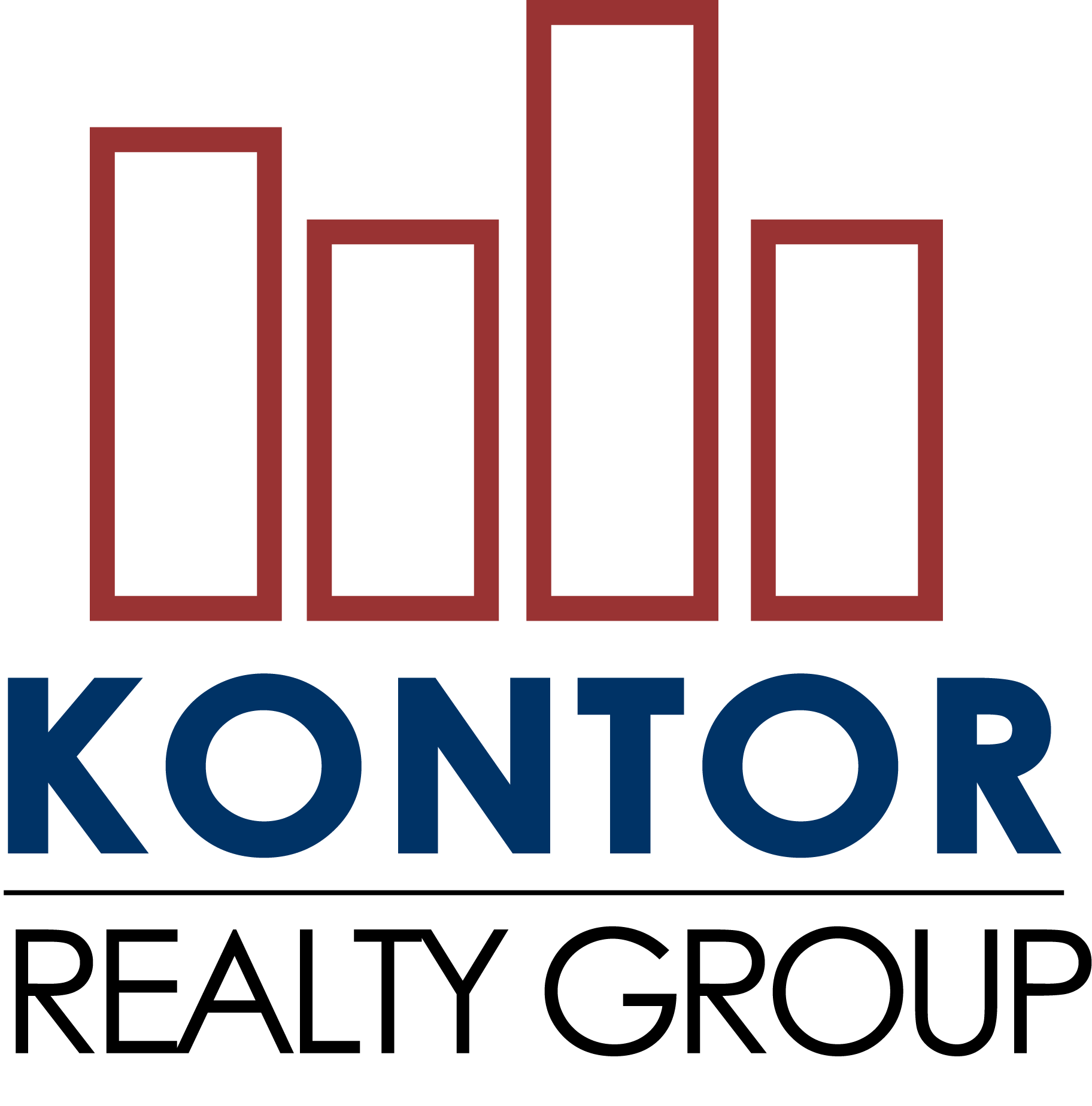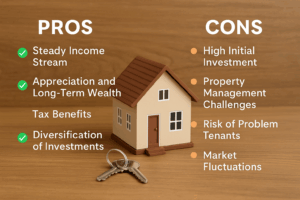Investing in real estate can be a complex process, one that often involves navigating various types of mortgage options. One lesser known but potentially advantageous route is assumable mortgages. This blog post aims to shed light on what assumable mortgages are, their benefits, drawbacks, and what you should consider before opting for this type of loan.
What is an Assumable Mortgage?
An assumable mortgage allows a homebuyer to take over the existing mortgage of the seller, maintaining the same interest rates and terms. This can be particularly beneficial in an environment where interest rates are rising, as the buyer can potentially lock in a lower rate from the seller’s original mortgage agreement. Typically, these types of mortgages are more common in government-backed loans like FHA, VA, and USDA loans.
Pros of Assumable Mortgages
Lower Interest Rates
One of the most significant advantages is the potential for a lower interest rate. If market rates have increased since the seller originally took out the mortgage, assuming their mortgage can result in substantial interest savings over the life of the loan.
Reduced Closing Costs
Assuming a mortgage may also lead to reduced closing costs compared to originating a new loan. This is because some of the traditional fees are already accounted for in the original mortgage, alleviating some of the financial burdens for the buyer.
Simpler Qualification Process
In some cases, the qualification criteria for assuming an existing mortgage might be less stringent than applying for a new mortgage. This can be particularly beneficial for buyers with less-than-perfect credit scores.
Cons of Assumable Mortgages
Limited Availability
Not all mortgages are assumable. Conventional loans typically do not include an assumable clause, limiting the availability primarily to government-backed loans. This can significantly narrow the pool of potential properties available for purchase.
Required Equity
To assume the mortgage, buyers may need to come up with a significant amount of money upfront to cover the equity difference between the home’s value and the remaining mortgage balance. This can be a substantial financial hurdle for many buyers.
Potential for Higher Costs
If the original mortgage balance is less than the current market value of the home, buyers will be responsible for bridging that gap. This could potentially lead to increased costs, either through additional financing or higher upfront payments.
Key Considerations
Loan Terms
Before assuming a mortgage, it’s crucial to carefully review the loan terms. Ensure that the interest rate, payment schedule, and remaining balance align with your financial goals and capabilities.
Lender Approval
Most assumable mortgages still require lender approval. Make sure you’re prepared for this process, which involves a thorough review of your financial situation and creditworthiness.
Market Conditions
Consider the current market conditions and how they could impact your investment. Assumable mortgages are more beneficial in a rising interest rate environment, so timing can be a critical factor in your decision-making process.
Assumable mortgages present a unique opportunity for homebuyers to potentially secure lower interest rates and reduce closing costs. However, they also come with their set of challenges, such as limited availability and the need for upfront equity. As with any significant financial decision, it’s essential to weigh the pros and cons carefully and consider how the specific terms of an assumable mortgage align with your long-term financial goals. If approached thoughtfully and strategically, assumable mortgages can offer a valuable path to homeownership in the right market conditions.




